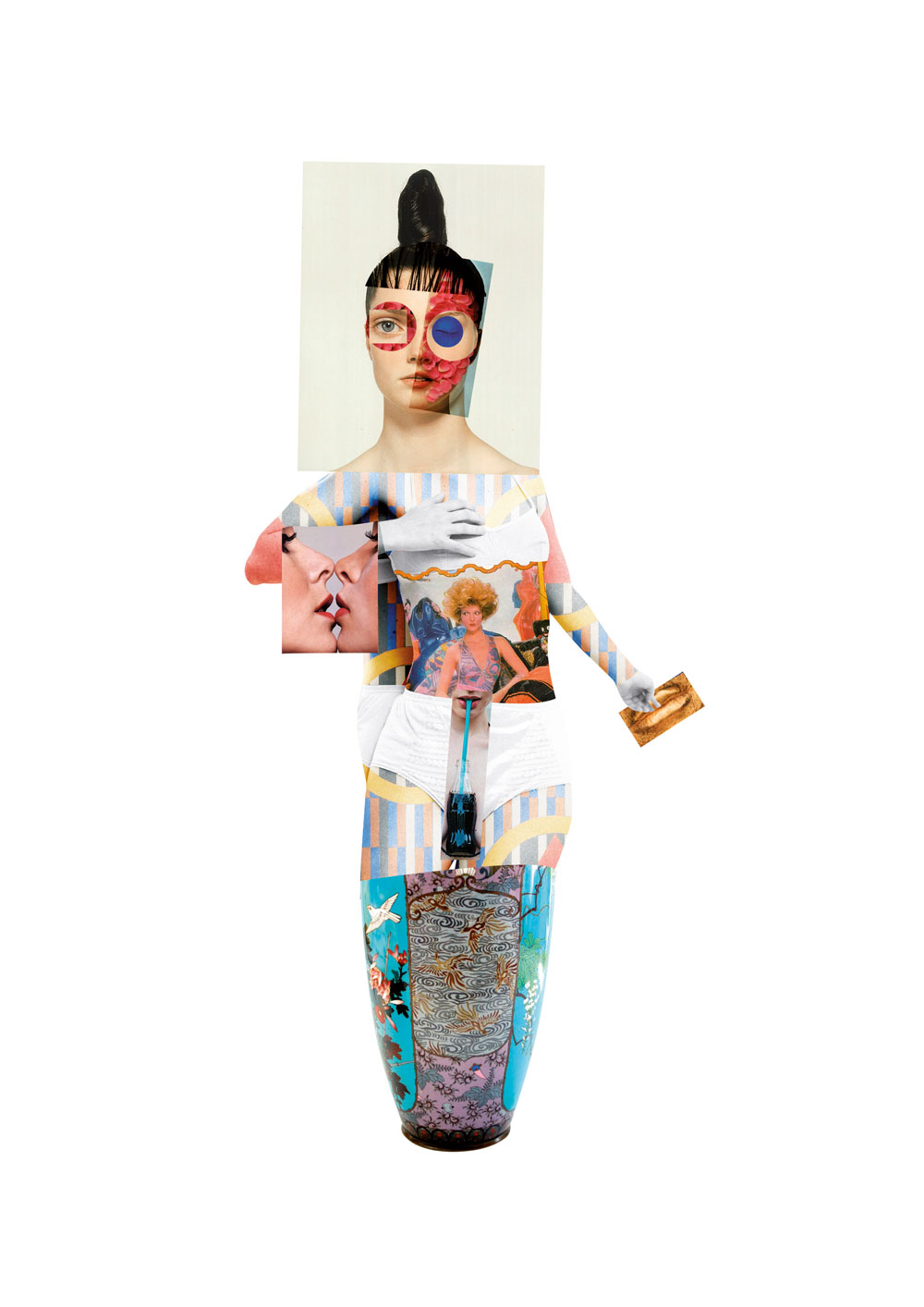The term Koshi has been translated in the West as "the hip" which, without being incorrect, does not do adequate justice to the abstract concept that could have its analogue in our metaphorical "the Heart" since it is understood as the vital axis of the body. As energy, power or force, that is, the capacity for action.
It is not only found in this concept in a multitude of expressions that refer to the courage, will, truthfulness and character of the person being spoken about. But it is also of obligatory consideration, as well as all Japanese theatre traditions, the different terminologies of these, since it represents the correct energy and makes the performance possible. Energy that transforms stillness into action, not through the action of movement but through tension.
The Buto is the most popular of these theatrical traditions outside of Japan and is probably also the youngest. After the Second World War, it is horror, death, burnt flesh and deformed faces that bring the classical theatre to life. A being of deliberately diffcult definition emerges, a being that causes both rejection and captivation at the very same time. But of all the wounds, memories and scars left by the energy that humanity released when dropping the atomic bombs - so different from that released when the Self is launched before the other through theatre - we now remember those that were carved into the bodies of those who saved little more than their lives. The patterns of the clothes they wore at that moment left the pattern of our conduct engraved on them, it was they who gave it another make, their lives that were cut short without solution or patching up. Far from the persistent and noxious of those, we find the work of Varvara Stepanova, a large collection of textile patterns that, unfortunately, do not find a parallel in social patronage. The constructivist sought to overcome gender differences through geometric functionality applied to the textile arts, precisely those that have been so reviled for being understood as a feminine and domestic product.
Koshi's work is not mere mechanical equilibrium, it is a consequence of the socio-cultural tension between opposing forces, an affirmation of human activity. It is the dance that reveals the raw face of our historical background in order to highlight the ideas we should work on in order to understand our hearts.








